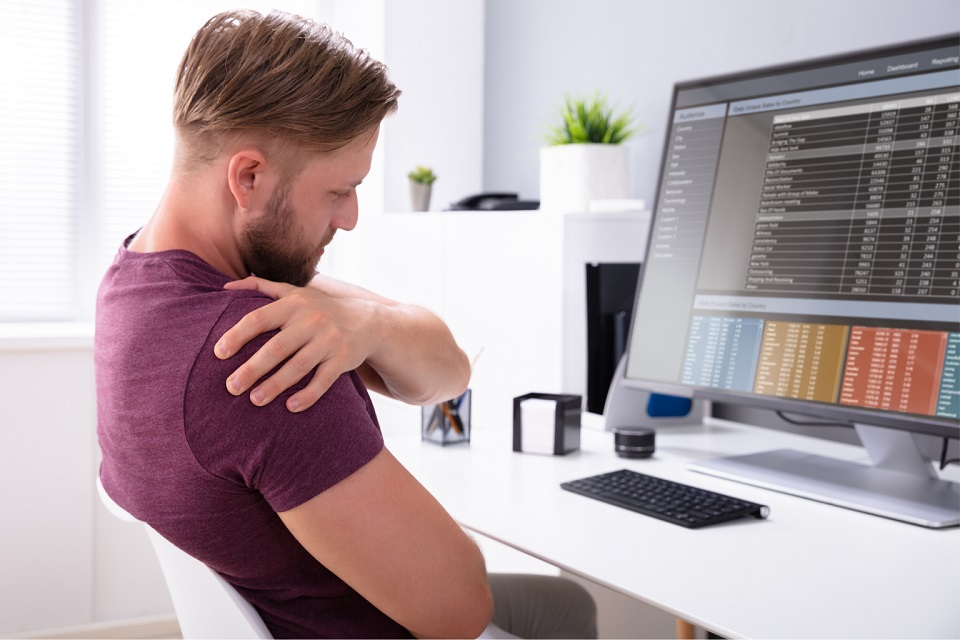
Sedentary behavior refers to any activity that involves sitting or lying down and requires low energy expenditure. This includes activities such as watching TV, working at a desk, driving a car, or using a computer or mobile device. Sedentary behavior has become increasingly prevalent in modern society due to changes in technology and lifestyle, leading to a range of negative health consequences.
The World Health Organization (WHO) has identified physical inactivity as the fourth leading risk factor for global mortality, with sedentary behavior being a key contributor to this. Prolonged sitting has been linked to an increased risk of chronic health conditions such as obesity, type 2 diabetes, cardiovascular disease, and some forms of cancer. Sedentary behavior also has negative impacts on mental health, including increased rates of depression and anxiety.
Addressing sedentary behavior requires a multi-faceted approach that involves promoting physical activity, reducing sitting time, and encouraging breaks from prolonged sitting. This can include workplace interventions such as standing desks or encouraging regular walking breaks, as well as promoting active leisure time through sports and other physical activities.
Overall, reducing sedentary behavior is an important public health priority to help prevent and manage chronic diseases and improve overall health and well-being.
On the other hand, when we have to sit, then how to get comfortable at a desk?
With the progress of society, more and more people have to sit at a desk for a long time every day. But why? There are various reasons, including:
People may need to work longer hours to meet deadlines or complete projects.
With the advancement of technology, people can work remotely and from anywhere, which sometimes leads to longer hours sitting in front of a computer.
The modern lifestyle has become more sedentary, leading to longer hours sitting in front of a computer or desk.
When people don't get enough physical activity, they may feel more tired, leading them to stay sitting for more extended periods.
People may feel burnt out, leading to fatigue and the need to sit for more extended periods to rest.
Overall, sitting for long periods is not healthy, and it's essential to take frequent breaks, stretch, and move around to maintain a healthy lifestyle.
People always need to sit at a desk for more than 8 hours a day. So they do need to sit comfortably at a desk:
Sitting in a comfortable chair with proper back support and adjustable height can help maintain good posture and prevent back pain.
Being comfortable and relaxed can help people stay focused and increase productivity.
Sitting comfortably can increase comfort and reduce stress, contributing to a better overall sense of well-being.
A comfortable chair with adjustable armrests can prevent injuries such as carpal tunnel syndrome, tendonitis, and repetitive strain injuries.
Uncomfortable seating can be a significant distraction, leading to a decrease in concentration and productivity.

Getting comfortable at your desk is important for maintaining good posture and avoiding physical strain or discomfort. Here are some tips that can help:
Your office chair should be ergonomic and adjusted so that your feet are flat on the ground, and your knees are at a 90-degree angle. Your lower back should be supported by the backrest, and your arms should be able to rest comfortably on the desk.
Your monitor should be at eye level, about an arm's length away from you. This will help you avoid straining your neck or eyes.
If your feet don't touch the ground, consider using a footrest to help you maintain good posture.
It's important to take breaks every 30 minutes or so to stretch, move around, and rest your eyes.
Consider investing in an ergonomic keyboard, mouse, or other equipment that can help you maintain good posture and reduce strain on your body.
Make sure that your workspace is well-lit, but not too bright, to avoid eye strain.
Keep a water bottle at your desk and drink regularly to avoid dehydration, which can cause fatigue and other health problems.
By following these tips, you can help ensure that you're comfortable and productive at your desk.

Daniel Yao
Yose Lang